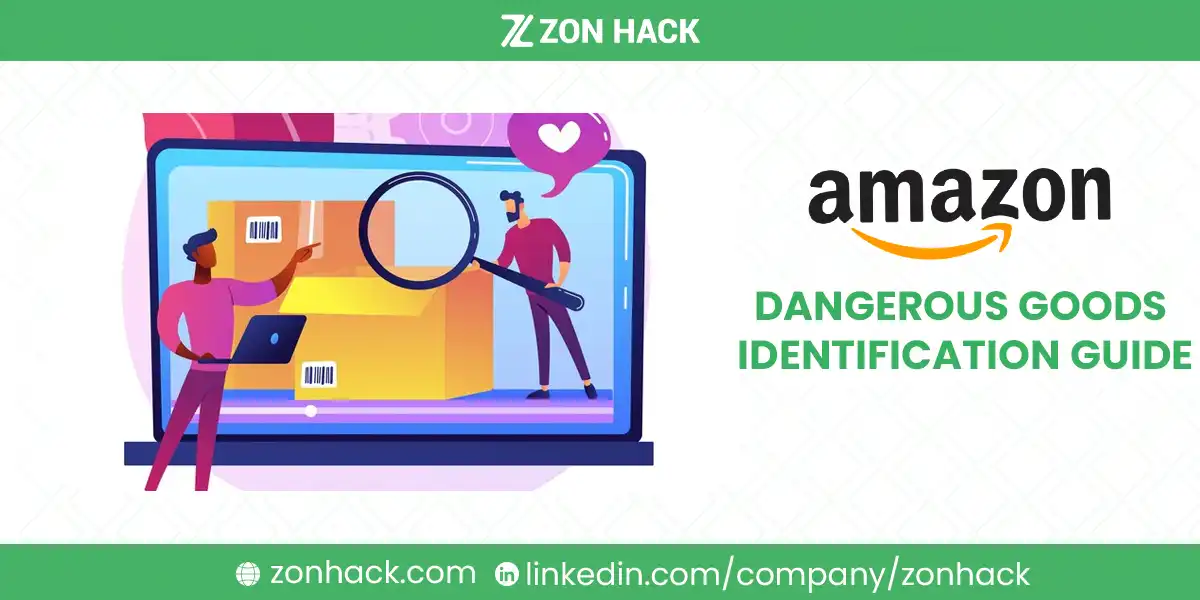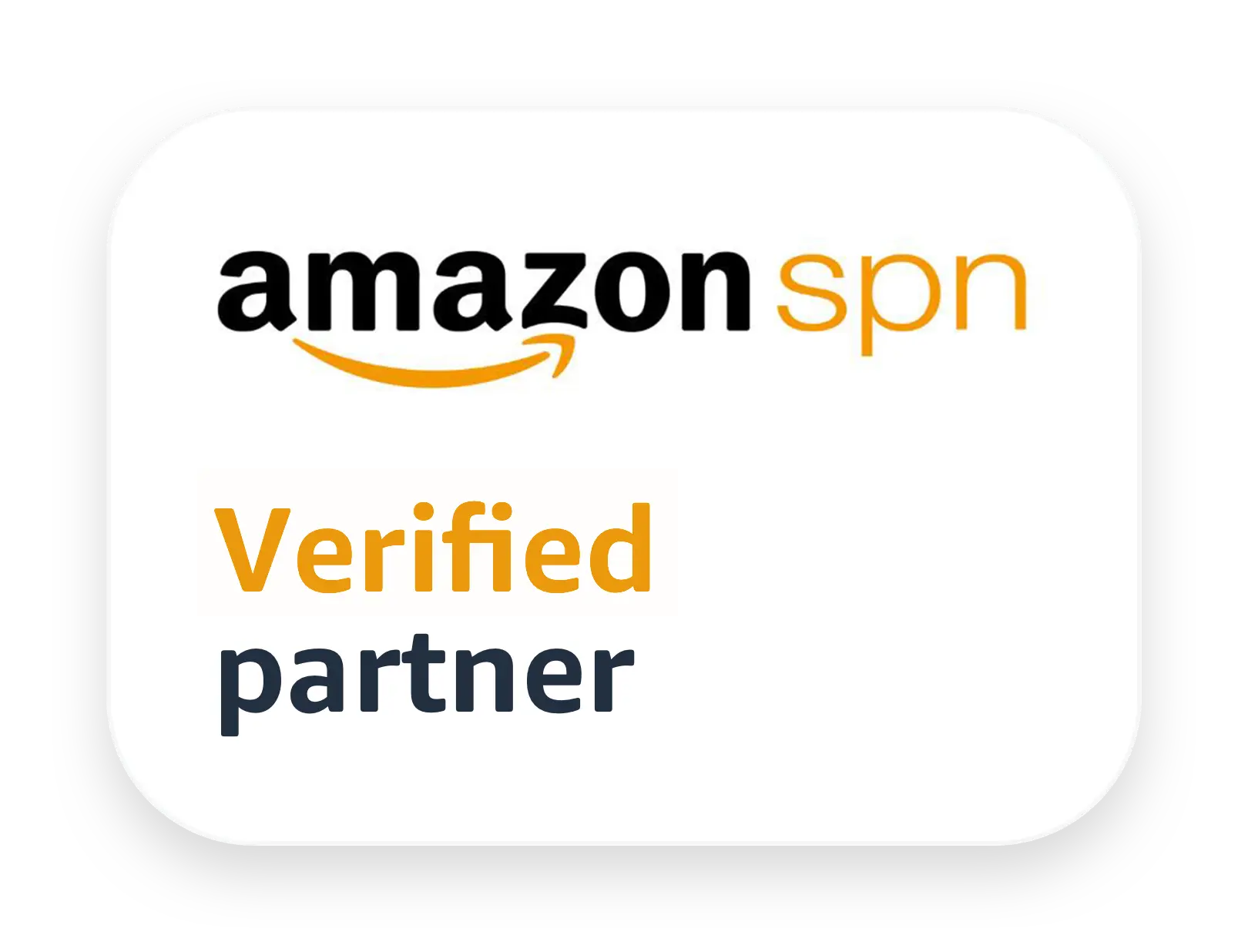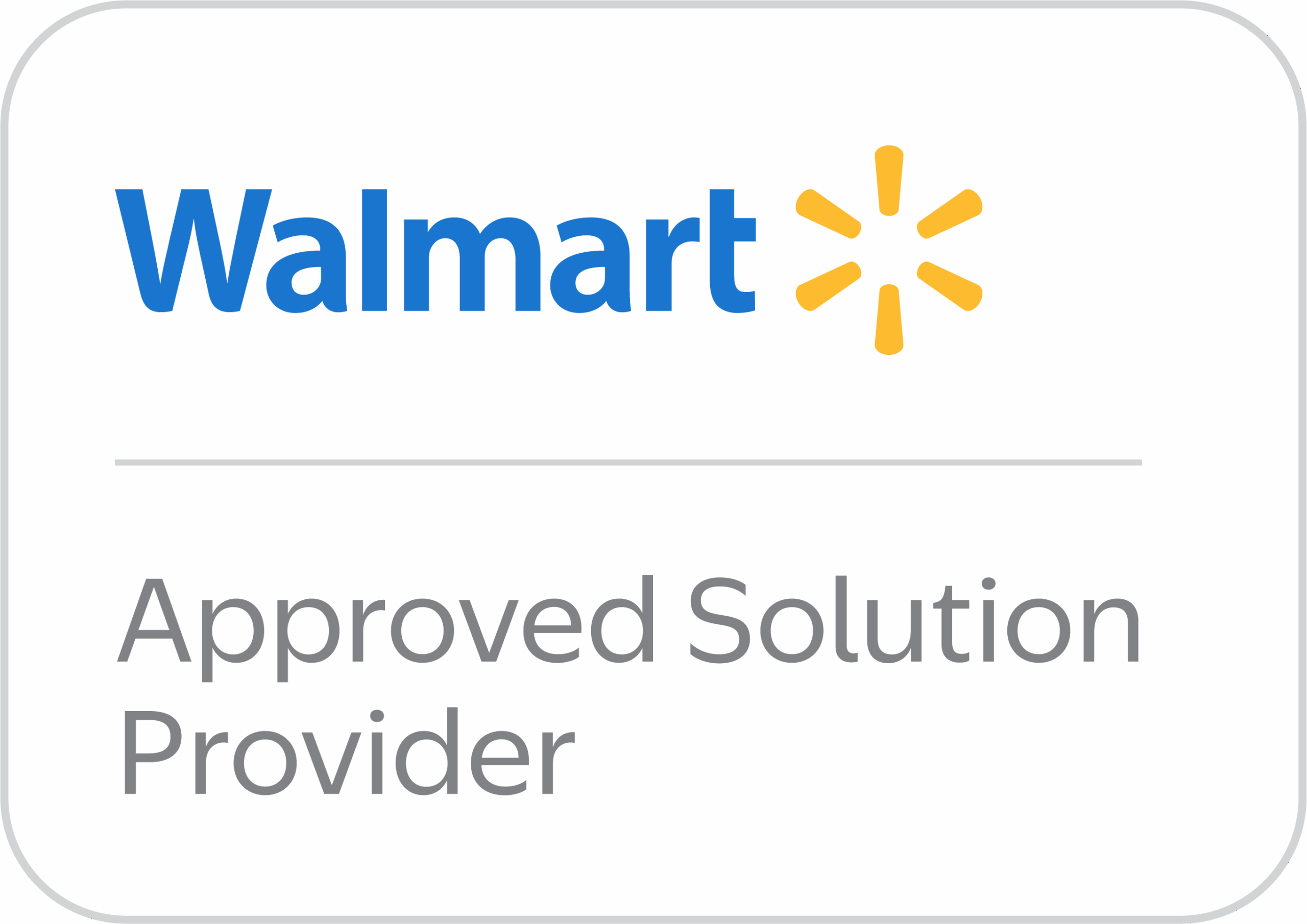If you’re selling products on Amazon that may be classified as hazardous materials (hazmat), it’s essential to understand the complex regulations that govern these items. In this article, we’ll explore the Amazon Dangerous Goods Identification Guide in detail, explain what constitutes hazmat, how to classify your products, and provide practical tips to ensure compliance with Amazon’s policies. Selling hazmat on Amazon requires strict adherence to safety, packaging, and transportation guidelines.
What Are Hazardous Materials and Why Does Amazon Regulate Them?
Hazardous materials, also known as dangerous goods, are substances that can pose a significant risk to health, safety, or the environment during transportation or storage. These products include flammable liquids, gases, corrosive chemicals, and even certain electronics containing lithium-ion batteries. Due to their nature, hazmat products require special handling to prevent accidents.
Amazon regulates hazardous materials to comply with international shipping and storage laws, such as the Department of Transportation (DOT) and International Civil Aviation Organization (ICAO) guidelines. These rules ensure that these products do not endanger warehouse workers, shipping personnel, or customers.
How Can You Determine if Your Product is Considered Hazmat?
The first step in selling hazardous materials on Amazon is to determine if your product qualifies as hazmat. Amazon provides tools like the Dangerous Goods Identification Guide and the Manage Dangerous Goods Classification feature in Seller Central. These tools allow sellers to input the ASIN of a product and check if it is classified as dangerous.
Another method is by referring to the Material Safety Data Sheet (MSDS) or Safety Data Sheet (SDS), which should be provided by the manufacturer. These documents outline key information about the product’s hazards, safe handling instructions, and whether it falls under any of the nine UN hazard classes:
- Explosives
- Gases (compressed, liquefied, or dissolved)
- Flammable liquids
- Flammable solids
- Oxidizing substances and organic peroxides
- Toxic substances and infectious substances
- Radioactive materials
- Corrosive substances
- Miscellaneous dangerous goods
Products such as aerosols, lithium-ion batteries, and some cleaning chemicals often fall under these categories.
What Are Amazon’s Requirements for Selling Hazmat Products?
Amazon has strict requirements for sellers of hazardous materials, particularly for those using Fulfillment by Amazon (FBA). When selling hazmat through FBA, products must be properly labeled and packaged to meet Amazon’s stringent safety standards. Sellers are required to provide accurate documentation, including the SDS, and ensure that all hazmat products meet UN-certified packaging requirements.
For instance, hazardous materials must be packed in containers approved for transport, labeled with hazard symbols, and handled in compliance with international shipping regulations. Failure to comply can result in your product being rejected or banned from Amazon’s platform.
For sellers not using FBA, the Seller Fulfilled Prime (SFP) program offers an alternative. With SFP, sellers are responsible for storing and shipping their products while still offering Prime shipping benefits. This allows for more control over the product’s storage and handling but requires compliance with Amazon’s hazmat regulations, including the use of Amazon-approved shipping carriers.
How Do You Package and Ship Hazardous Materials on Amazon?
Proper packaging and shipping are critical when dealing with hazardous materials. Amazon-approved carriers must be used to ensure that hazmat items are transported safely and legally. Each shipment must be labeled according to the UN regulations, and the packaging must be robust enough to prevent leakage or spills.
Amazon has strict quantity and weight limits for hazardous materials, and products must be stored separately from non-hazmat items in their warehouses. Sellers can consult Section 49 of the Electronic Code of Federal Regulations (eCFR) for specific guidelines on packaging and shipping requirements. Compliance with these regulations is mandatory to avoid penalties, such as fines or the suspension of your Amazon account.
What to Do If Your Product is Rejected as Hazardous by Amazon?
If your product is classified as hazardous and does not meet Amazon’s FBA requirements, you have several options. One of the most common solutions is to use Seller Fulfilled Prime (SFP), which allows you to store and ship products from your own warehouse. This is especially useful for hazmat products that Amazon refuses to store in their fulfillment centers due to safety risks.
Alternatively, you can partner with third-party logistics providers (3PLs) who specialize in handling hazardous materials. These providers are familiar with the complex rules surrounding hazmat shipping and storage and can help you remain compliant while minimizing your operational risks.
What Are the Cost Implications of Selling Hazmat Products?
Selling hazardous materials on Amazon often comes with additional costs. Storage fees for hazmat products in Amazon warehouses are higher due to the need for specialized handling and segregation. Shipping costs are also more expensive, as only certified carriers can transport these goods.
For example, the shipping fees for hazmat items are significantly higher than for standard goods, and there are often additional surcharges for handling and documentation. Sellers should consider these costs when pricing their products, as the profit margins for hazmat goods can be lower compared to non-hazardous items.
Sellers who opt for Seller Fulfilled Prime (SFP) will also bear the full shipping costs, which can be substantial depending on the product’s size and weight. However, partnering with a 3PL can help mitigate some of these costs by leveraging bulk shipping rates.
Frequently Asked Questions (FAQs)
What is the difference between hazardous materials and dangerous goods?
Hazardous materials (hazmat) and dangerous goods are terms often used interchangeably. Both refer to substances that pose a risk to health, safety, or the environment during transportation or storage.
How can I obtain a Safety Data Sheet (SDS) for my product?
You can request an SDS from the product manufacturer. It contains crucial information about the product’s hazards and handling instructions.
Can I sell hazardous materials on Amazon using Fulfillment by Amazon (FBA)?
Yes, but only if your product meets Amazon’s strict packaging, labeling, and documentation requirements for hazardous materials. You may also need approval to sell certain types of hazardous goods.
What happens if Amazon rejects my hazmat product for FBA?
You can either switch to Seller Fulfilled Prime (SFP) and handle the storage and shipping yourself, or work with a 3PL that specializes in hazmat logistics.
What are the costs associated with selling hazmat products on Amazon?
Expect higher storage and shipping costs, as hazardous materials require special handling and must be stored separately. Fees for packaging, labeling, and documentation preparation may also apply.
Summing Up
Selling hazardous materials on Amazon requires a thorough understanding of the rules and regulations governing these products. From classifying your product as hazmat to ensuring compliance with packaging, labeling, and shipping guidelines, every step must be carefully managed to avoid penalties or account suspension.
By following Amazon’s Dangerous Goods Identification Guide and utilizing tools like Seller Fulfilled Prime or third-party logistics providers, sellers can successfully navigate the complexities of selling hazardous materials on Amazon.




